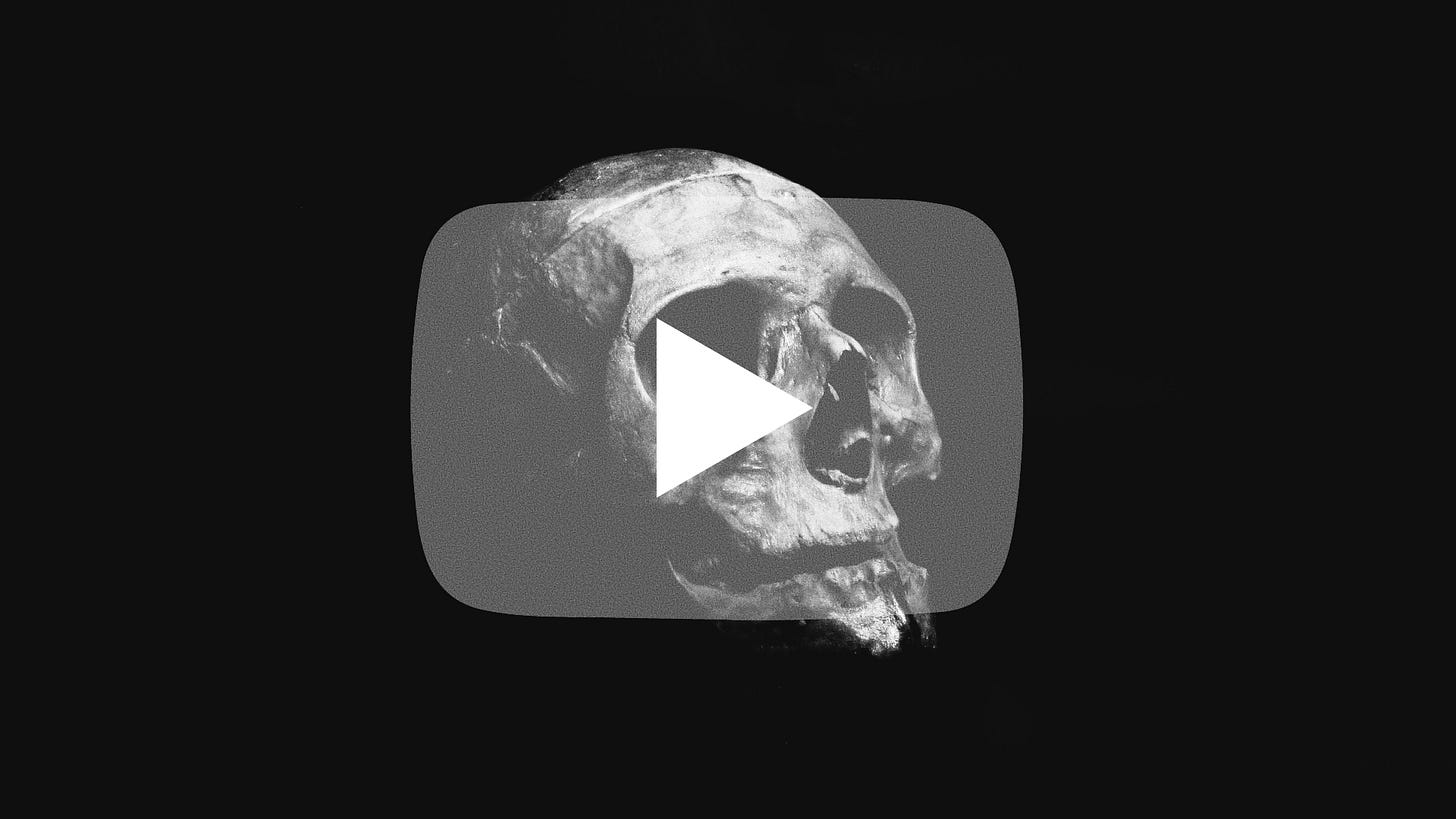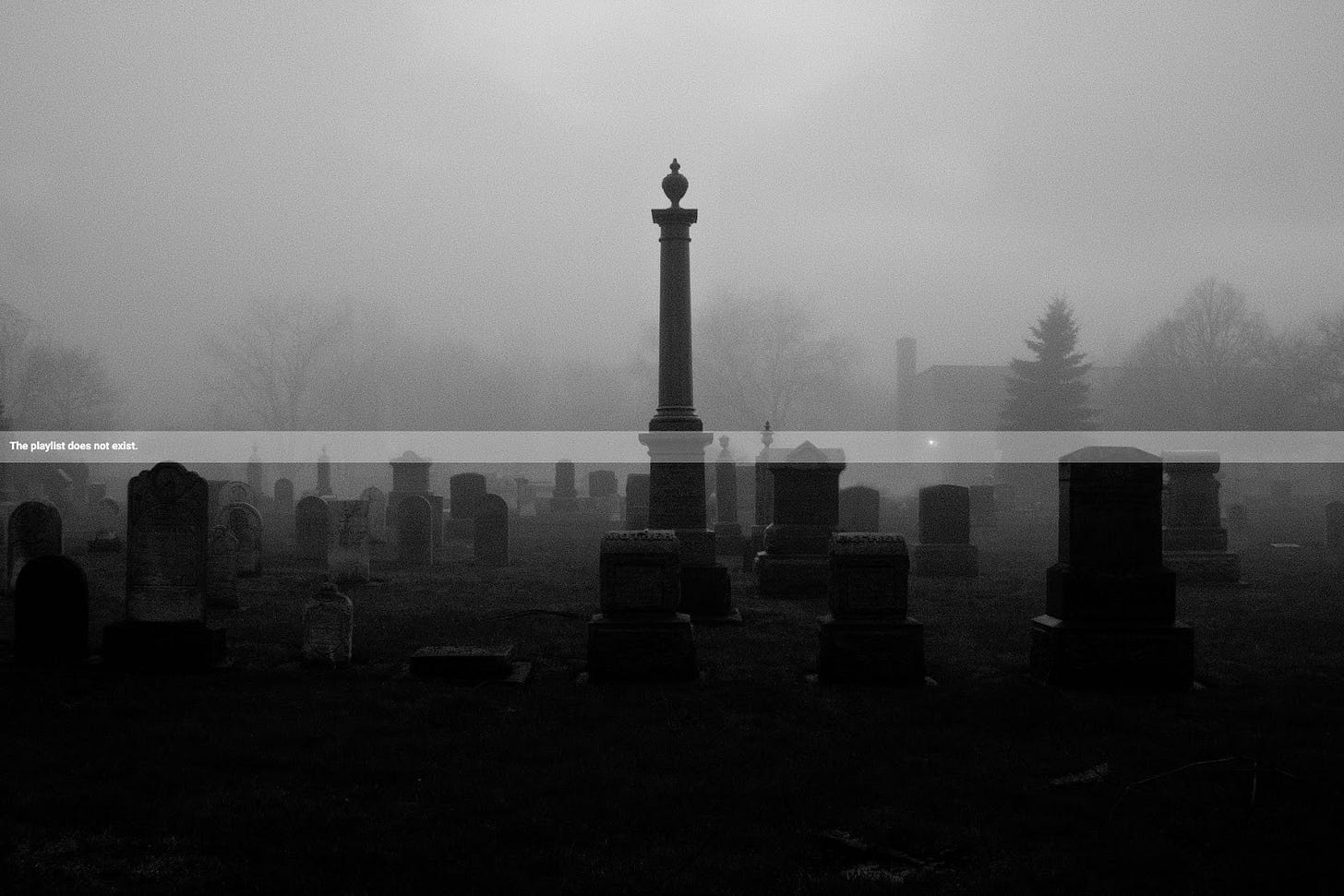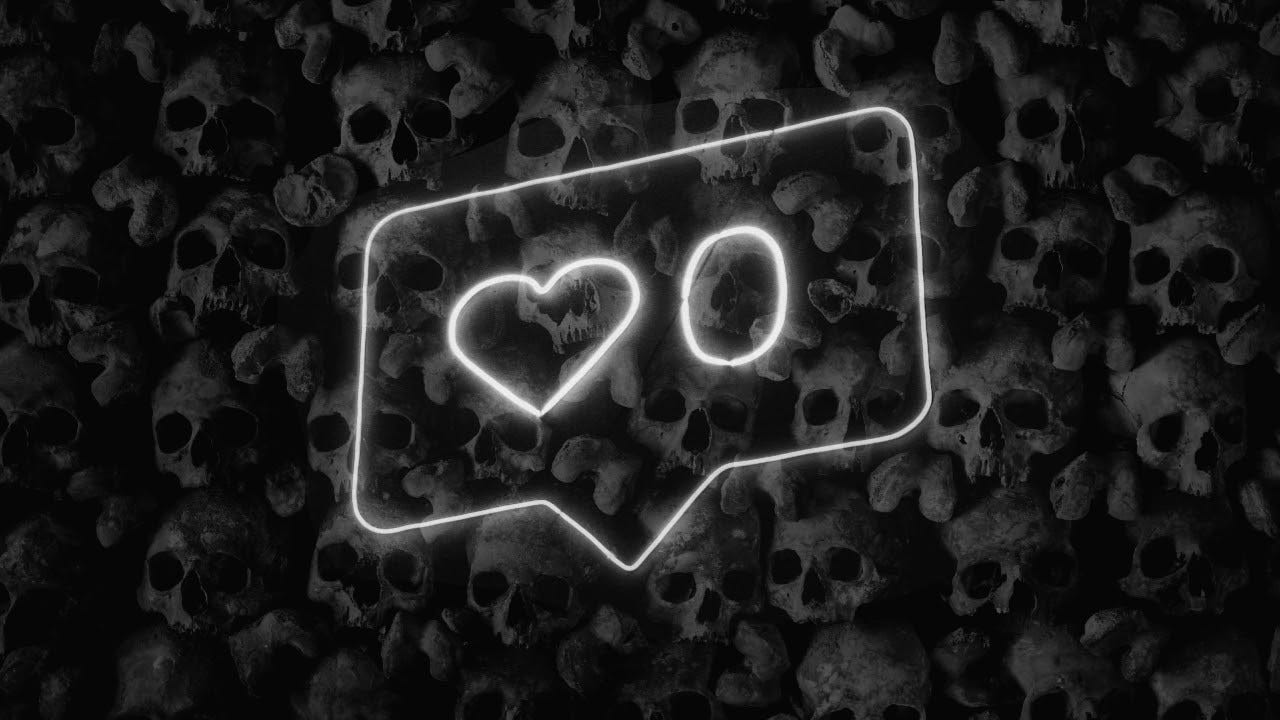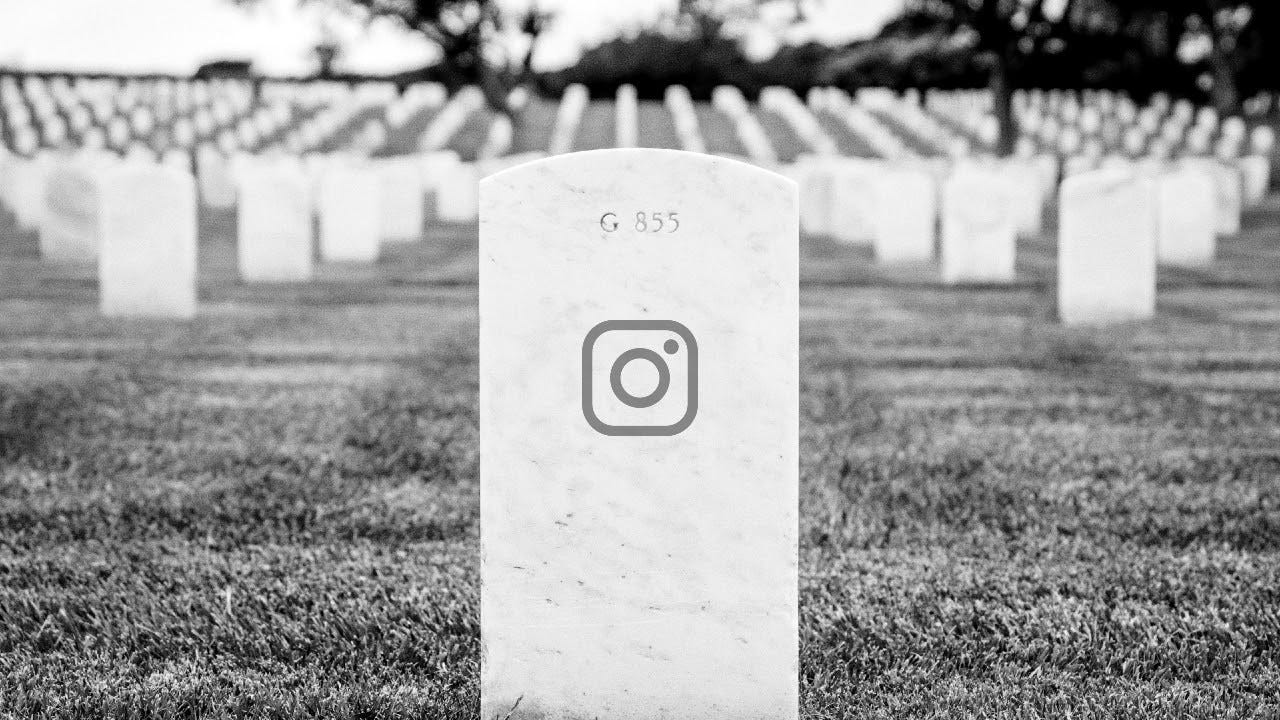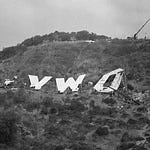I remember the first video I watched on YouTube. It was also the first I saved to my Favorites playlist.
“Muffins” is an absurdist ad for a bakery, who’s long list of muffin flavors descended into bird, fire and blood. I was 13 and it was the funniest thing I ever watched. That was of course before I came across Charlie the Unicorn.
YouTube became a home where I collected countless creations. I’d later share these discoveries with friends at sleepovers, watching their faces, awaiting cackles of approval. We’d then go off to look for more. It was entertainment, but also opportunity for pure connection.
Over the years, my compilation of favorited videos grew. OkGo music videos, a Soul Train dance line, viral ad analyses, a Reggie Watts performance, song mashups, and random clips lived amongst even more nonsensical skits like The Landlord and Unbelievable Dinner. As SNL’s Digital Shorts hit YouTube, Laser Cats and pushed me well over 100 saved videos. I continued exploring and curating into high school and college, frequently spending nights traveling in its time machine and rewatching the best of the bests.
The playlist became a library reflecting my passions, tastes and sense of humor of the time — an archive of nostalgia — but it wasn’t just a mirror. It was literally me in videos. A meticulously curated self-portrait. A personal collage of URLs formed over the years. From 2007 to March 2021.
The morning YouTube emailed me that my entire playlist was deleted, 14 years of favoriting accumulated to over 2,000 videos.
Now they were all gone.
As I skimmed the notice during my morning email routine in bed, my heart sunk and fury burned. I tried to grasp their rationale.
YouTube claimed my playlist — and I — violated their community guidelines, specifically their child safety policy. “Because it’s the first offense, your account isn’t affected.” Yet my playlist was permanently deleted. I was unsure how this was a “warning.” Nothing made sense.
A video must have been flagged, and instead of taking down just that piece of content, my playlist of thousands of other acceptable videos got wiped along with it. But even that felt unlikely as I couldn’t imagine favoriting a video that would violate their guidelines, let alone child safety. I don’t have a traffic ticket to my name and here YouTube was convicting me of peddling content which “sexualized, endangered or inflicted emotional distress on minors.” That YouTube didn’t even specify what video in my playlist led to their decision made the email even colder.
In my appeal, my only hope of salvation, I constructed and deconstructed my defense for close to an hour so it could fit within their character limit. No amount of space could fit my resentment and desperation. Could I trick the machine or convince the human to give me my playlist back?
No. Sincerely, no-reply@youtube.com
I’m still processing the loss.
According to research, over 8,000 Facebook users die each day and by 2060 there will be hundreds of millions of dead users. By the end of the century: two billion. One day they’ll be more dead users than active ones on today’s most popular platforms. What does an online, global graveyard look like?
My content grievance is difficult to describe. After all, it’s a new human condition. And while the loss could be trivialized to a list of videos, it feels so much more than that. The death of my playlist feels like losing progress, or something cherished, but also feels as if I lost a piece of myself.
Because content is so intertwined with identity — we are what we tweet — we can’t solely focus on how we treat human death online. We also need to focus on content death online.
We lie to ourselves when we believe personal creations online will never decay, fade, rust or go missing. They’d be secure in the elusive cloud. Indefinitely pristine. But not only are we wrong about their longevity, we never consider they could be murdered. Not by villainous criminals, but by the platforms that we trusted to host our personal artifacts.
To make sense of my experience I spoke with Katie Gach, a Ph.D Candidate of Technology, Media & Society at the University of Colorado Boulder, expert on digital death and researcher with Facebook’s Memorialization team.
“The lack of tangible, tactile reality that our data has lets us imagine it in these really spiritual, ethereal, eternal ways,” says Gach.
“When we don’t see where these things are, we expect them to be everywhere all the time.”
After all, only some are privy to the fact our data is housed in a very material server rack in a cold, humming room.
It’s this disconnect between presumption and reality — a confusion between virtual and physical — that obfuscates our ability to see issues like digital death so clearly.
We’re also wrong to believe that our information superhighways won’t crumble. Much like our bridges and roads offline, the foundational infrastructure to our online experiences also requires planning and maintenance. When sites and apps go down nowadays, frustration is met with shock. How could this ever happen?
Dr. Elaine Kasket, author of All the Ghosts in the Machine: Illusions of Immortality in the Digital Age, warns us,
“You cannot trust corporations to safeguard your data.”
They won’t last forever. Data should always be under our control. Dr. Kasket’s invaluable advice runs counter to another widely-held false presumption: it’s the platform which owns or regulates our data. Not as long as we also maintain a copy...
This blurred responsibility is disconcerting as it implies a tension between us and the platform. “We presume a level of control and agency in our technology, because we made it,” says Gach. “It’s for us.”
So then how is it that we built and live with technology which doesn’t entirely work on our behalf? That’s the question I keep coming back to when thinking about my deleted playlist. While I commend YouTube’s intent to clean up its platform, another fellow human actively designed the system — or rather overlooked a part of that system — which inflicted my pain. Substitute “inflict pain” for “create echo chambers”, “spread misinformation”, “catalyze violence” or “addict via dopamine” and we get all the fuel for today’s techlash. How could we do this to ourselves?
My loss feels traumatic for multiple reasons. The sudden and unexpectedness of the deletion didn’t allow for any preparation. The deletion hurt, but it felt more barbaric at the hands of a friend, a platform I revered and devoted hours to for over a decade. My loyalty and goodwill wasn’t considered. Despite my smiling avatar, I was a faceless violator. This facelessness also went the other way. Because YouTube is a faceless hundred-billion dollar corporation, there is no one person to blame. For this reason, it’s easy to understand why Wojcicki, YouTube’s former CEO was so often a target — she was the only one that could be named and held accountable no matter the dilemma. Further, there’s no ritual to memorialize this type of loss. It’s difficult to wake up to an automated email and just carry on. And lastly, I have no closure. I crave just one employee responsible for this design or decision to personally voice understanding. Mourning without empathy or recognition is achingly isolating.
I don’t want offenders spoiling the platform I loved, but I also don’t want to be wrongly labeled an offender in an unwieldy effort to clean up a mess YouTube created itself. More than anything else, I don’t want anyone else to experience what I did.
While we optimistically wait for YouTube to insert more “human” into their process, or wait for the systems to improve from their unbearable and nearly unforgivable state, for now, the burden seemingly falls on us — the user.
“Doing things at a community level is the intervention that I have come to,” shares Gach.
“Where you make sure that people have their stuff backed up and have their stuff preserved. If your friend is making something that’s meaningful to you, save it for them.”
As we depend upon today’s platforms, we need to be aware of the possibility of loss and willing to perform the maintenance. Unlike offline death, this loss is preventable.
Gach continues,
“I want people to be more prepared about what their data can be beyond themselves. It also gives people permission to say, ‘Hey, the attachment I feel to this data, isn’t stupid.’ It makes sense that you feel attached to this thing that you created, or this person who made this thing.”
When it comes to legacy, I won’t be able to pass down or let my YouTube playlist represent me after I pass. But at least I’ll have this piece to memorialize its importance in my life. And it will be printed.



